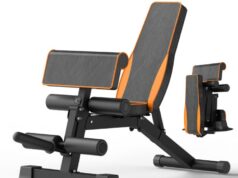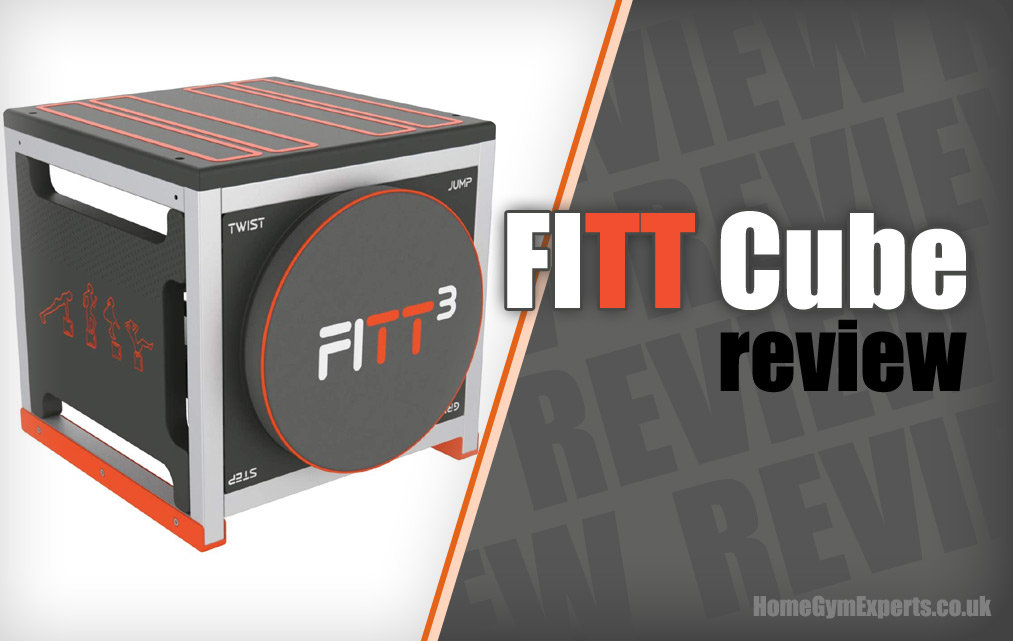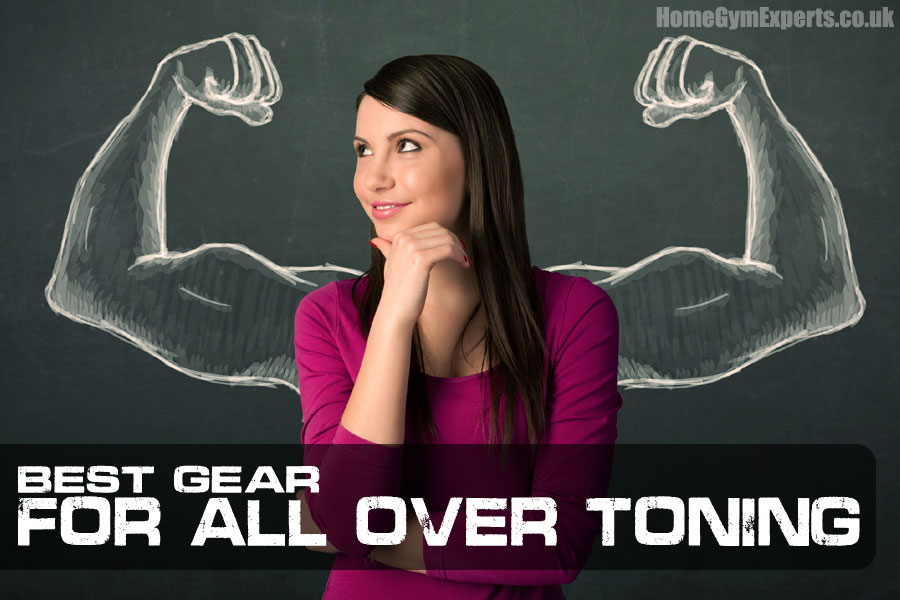
Have you ever thought about how to turn your garden into a home gym? Most people overlook this opportunity because they do not realise that there is a lot of reasonably priced, easy to install equipment that can happily live outdoors.
Or they think that the weather is too unreliable to have a garden gym.
While the British summer does not always deliver on sun, lower temperatures and even a bit of light rain make for fresh workout conditions. You might even find that you are more comfortable exercising outdoors than indoors!
In this post, we will discuss some of the options for outdoor fitness equipment and give you some advice on how to build your own workout space, including tips on keeping kids safe.
Choosing fitness equipment for your garden gym
You must also consider how a gym will impact other uses of your garden. For example, if you like to sit outside, you will not want to have your equipment somewhere obstructing the view.
If you have a lawn, you need to think about how you will manoeuvre your kit when cutting the grass. Nothing should prevent you from setting up your home gym, you just need to put in some forethought.
What kind of equipment do you need for outdoor fitness?
Strength training equipment options for garden gyms are varied. One of our favourites is a fitness rope (also known as a battle rope). A fitness rope is a thick and heavy rope that is anchored to a fixture.
It used to perform the iconic ‘wave’, overhead rope arcs, reverse wave, rope slams, outside circles, whips and Olympic power thrusts. It can also be combined with squats, lunges and jumps to turn up the heat on those moves.
Plyo boxes are also a great addition as they’re tough, versatile and can be used for some really tough leg workouts. See our Best Plyo Boxes guide for more.
We love them because they deliver a really intense workout and engage the muscles throughout each move.
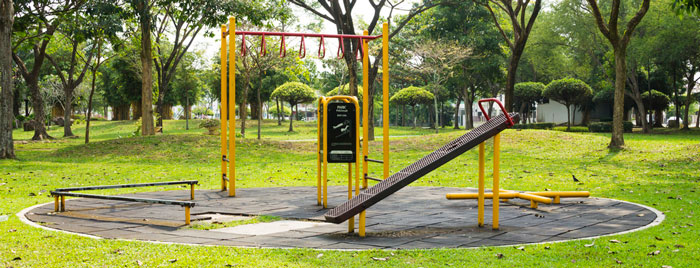
Kettlebells and other strength training gear for garden training
Other good options include a weights rack and kettlebells.
When buying these, make sure that the material is suitable for keeping outdoors because you do not want the metal to corrode. Kettlebells are actually most suited to outdoor use – not for any functional reason, but because of the risk of losing control and sending the weight flying.
We have heard too many horror stories about kettlebell damage. If you are using them in your garden gym, stay away from the car!
Another handy piece of kit is a pull-up bar. You can either opt for a full-frame or a bar that is affixed to a wall. The latter is quite easy to install and are a good option if you are tight on space.
We have previously tried a pull-up bar that was designed for indoor use. It attached to a doorframe and, while the bar itself was good, working out in a hallway felt a bit cramped. Plus, we found that the door would not shut because of the pull-up bar, which was not ideal.
Some other popular outdoor training gear are:
- Sit-up benches
- Dip bars
- Monkey bars
- Balance beams
- Climbing wall panels
The options for cardio equipment are more limited.
Nearly all cardio machines are electric, so they are not suitable for outdoor use. Treadmills do not love the rain! But you can do cardio exercise outdoors without a home gym. For example, jogging or cycling. Fitness ropes can also be combined with cardio exercises to ramp up the intensity.
Related Guides
- 7 Pro Tips On Creating Home Gym When You Have No Room
- IsoGym Adjustable Kettlebell Review
- Best Battle Ropes For Home Gyms
- What’s The Best Home Gym Equipment For Core Strength
- Fumes to Fitness: Converting Your Garage Into a Gym
How to take care of your garden gym equipment
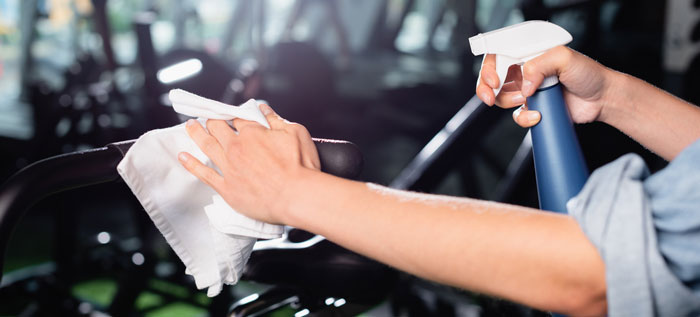
Keep it in a shed or garage
Sheltering your equipment can help to keep it in good order – although, obviously, anything that you put outdoors needs to be weatherproof. Think about where you are keeping your equipment and how exposed to the elements that space is. For example, if you have a weights rack, keep it against a wall.
When your gym is not in use, you need to ensure that your equipment is not left anywhere where it could cause an obstruction or be a safety hazard. Get into the habit of putting your kit away after you have finished your set.
Keeping kids off your yard training gear
This is even more important if you have children because they could injure themselves playing with the equipment. Weights are a particular danger, children tend to pick them up without realising how heavy they are and then drop them. If they land on their feet then they can cause serious injury.
Fitness ropes should be rolled up and stored in a heap. It may not sound like the tidiest way to keep them, but the biggest danger with ropes is tripping over them. Apart from the tripping risk, however, fitness ropes pose very little threat to children if they are playing with them because the weight of the rope is dispersed.
Is a garden gym worth it?
A garden gym opens up your equipment options and can be a good way to save space in the home. Whether it is suitable for you really depends on your own situation, but if you have space and you are serious about working out then you will enjoy having a garden gym.


